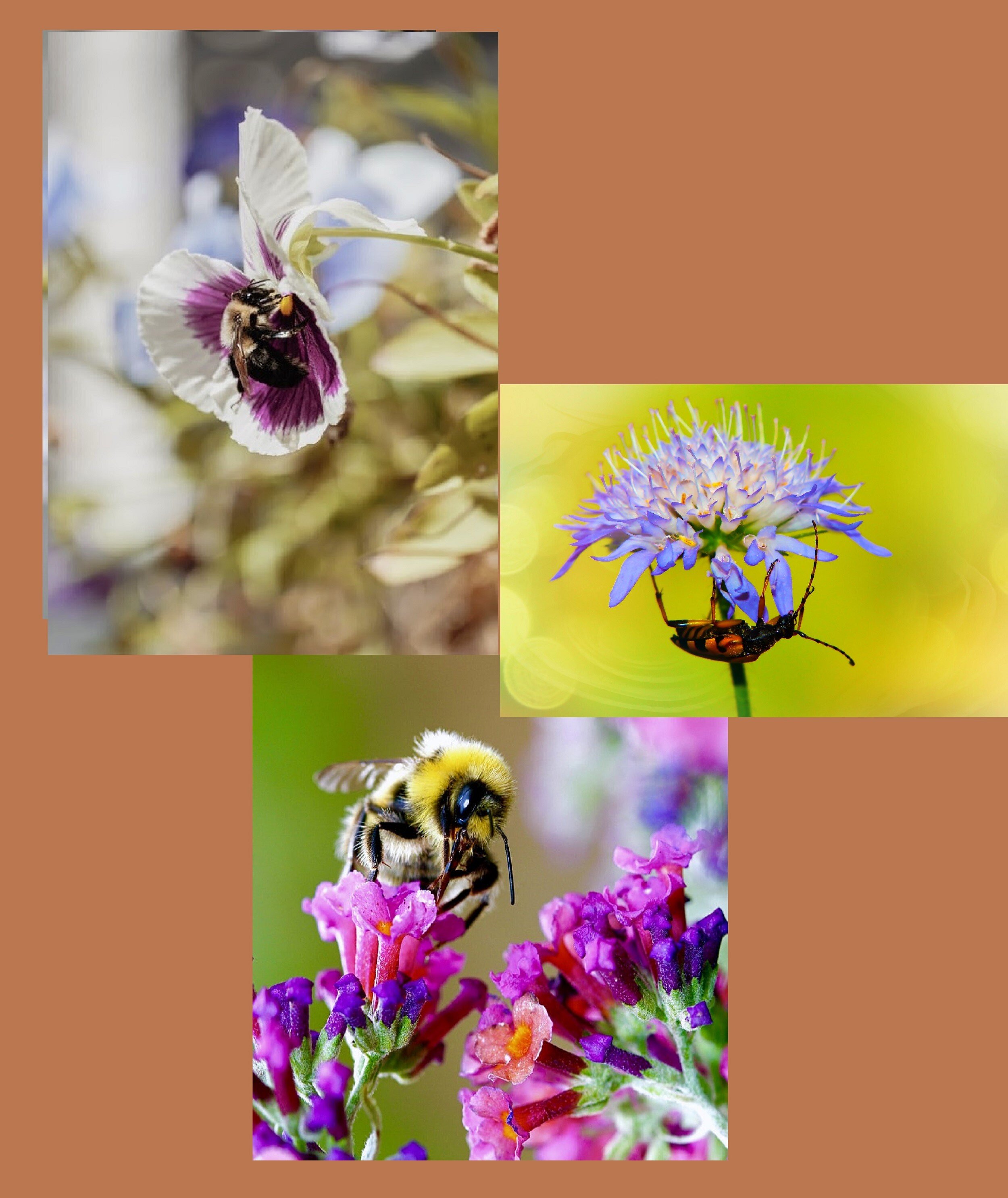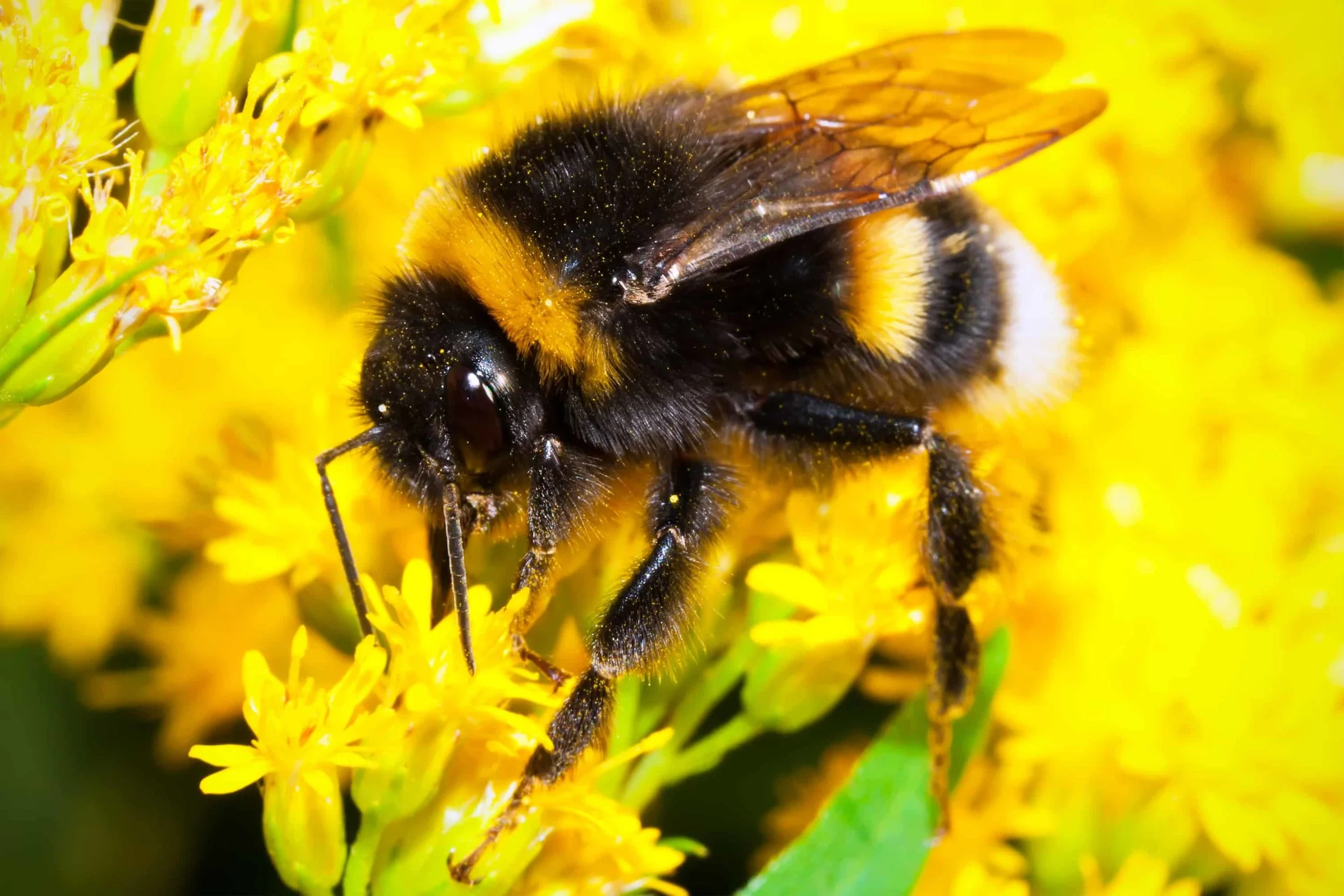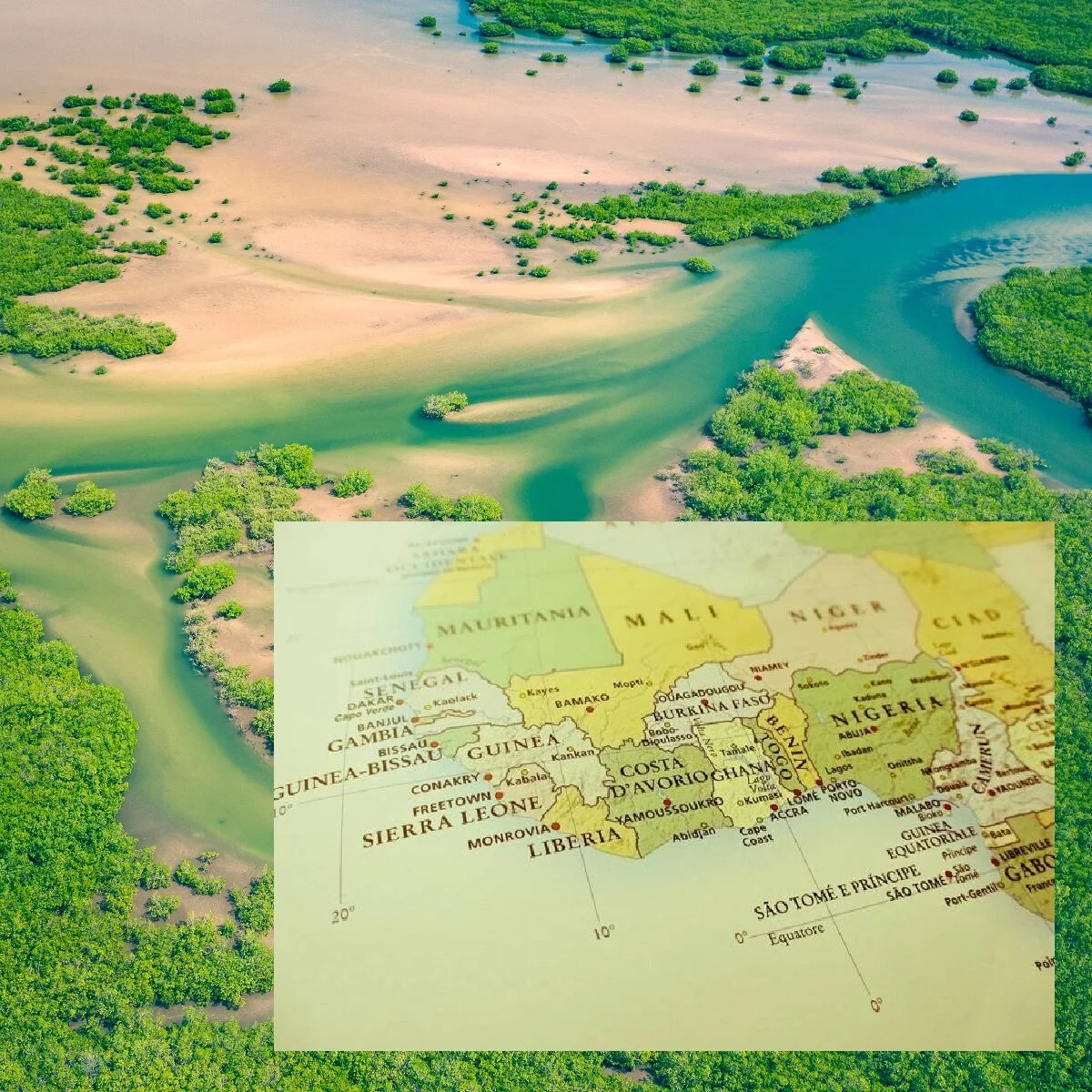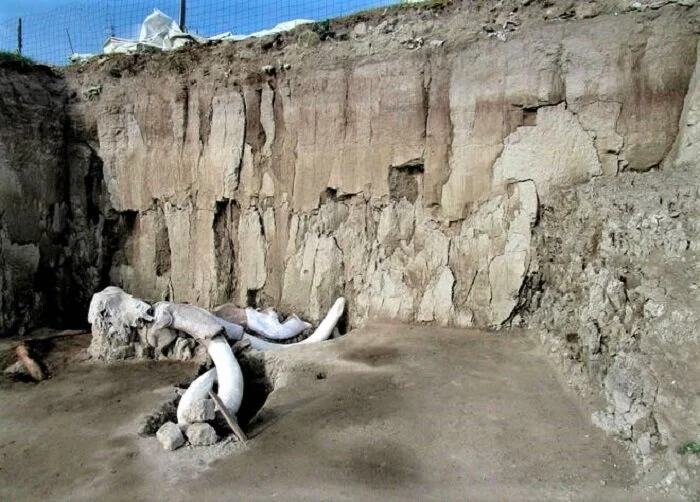Will American Bees Survive Pesticides, Government Dysfunction and Other Killers?
/Bees and Hollyhocks: Is My Childhood Memory Obsolete?
As a child growing up in the American Midwest, I didn’t revere bumble bees in a precious sort of way. The difference between an American bumble bee and a rusty patched bumble bee never caught my attention, although both lived in Minnesota.
Bees were abundant and loved the hollyhocks growing along a big trellis in our garden. Hollyhocks create a sort of regal, ball gown backdrop for kids to watch these colorful creatures feasting on flowers, but then messing themselves up with very visible pollen ‘dust’ falling onto their furry coats. Bees are like kids in that way.
Yes, I took bees for granted as a child — in the same way that I trust the sun will rise tomorrow morning. The day may be cloudy and grey skies with rain drops coming any moment or its opposite with clear blue skies and not one cloud in sight. But I know the sun will rise tomorrow morning, perhaps hidden by dark clouds or soaring into the sky in all its glory..
Plants and Food Crops Depend on Bees
Bees occupied a similar status in my vision of the universe and how life functions. About 90% of wild plants and 75% of leading global food crops depend on animal pollinators for reproduction, and the great majority of that work is done by bees.
This statistic — while correct — is misleading because we produce differing amounts of these crops. Cereals, for example, do not require pollinators. From a consumption perspective, about one-third of our food supply is dependent on pollinators, and this is not a small amount.
It was inconceivable that humans would kill all the bees — and especially with no backup plan for the global food supply. And yet, the possibility that bees cannot live in a world of unfettered human development, pesticides, deadly mites and more challenges is very real.
American [species] Bumble Bees Could Gain ESA Protection
AOC has followed the problem of dwindling bee populations for almost a decade. But we were shocked to learn this week that the American bumble bee population has dropped nearly 90 percent. These vital pollinators for wildflowers and crops have vanished completely in eight states: Idaho, Maine, New Hampshire, North Dakota, Oregon, Rhode Island, Vermont and Wyoming.
Presently American bumble bees have no protection. But an August 2021 petition for protecting the American bumble bee under the Endangered Species Act [ESA] was filed by the Center for Biological Diversity and the Bombus Pollinator Association of Law Students, an Albany Law School student group.
Sounds great you say. Finally we’re taking action to protect our bees. Yet the plight of another bee species shows us just how complicated it is to protect these precious pollinators. Passing a law or writing a new policy does not guarantee any improvement in bee deaths.
We must create spaces — land with controlled uses of pesticides — in which bees can thrive and regenerate their population. However, America still can’t agree on the science of pesticides. Any mandate meets countless political headwinds, as Democrats and Republicans generally loathe each other on plans — or no plans — to protect our environment.
Knowing that the Trump Administration had rolled back countless environmental protections during is reign of terror against our earth, AOC checked on the status of rusty patched bumblebees — the first bees to receive ESA protections in 2017.
The history of actually ‘protecting’ rusty patched bumblebees is sad and distressing.
Trump and Bees: A Deadly Combination
In January 2017, NPR reported thathe U.S. Fish and Wildlife Service had designated the rusty patched bumblebee as an endangered species — making it the first bumblebee — and bee species — to achieve protected status in the continental US under the ESA.
In the 17 years preceding the rusty patched bumblebee’s endangered species status, the bee was found in 31 states and Canadian provinces. When its EPA status was granted in 2017, Its visibility had declined to only 13 states and Ontario, Canada. Researchers documented an 88 percent decline in the number of rusty patched bumble populations and an 87 percent loss in the amount of territory it inhabited.
In March 2021 — four years after its designation as an endangered species and with Biden now in office — the Natural Resources Defense Council [NRDC] sued the U.S. Fish and Wildlife Service for refusing to designate critical habitat for the highly endangered rusty patched bumblebee.
What the heck! Over four years later, no real protection had been enacted to create safe spaces for the rusty patched bumblebees. We all know that government often moves slowly, but these bees will be extinct before any action is taken.
Despite the bee’s disappearance from 87% of its native range, the Service announced in September 2020 — in the waning months of the Trump administration — that designating critical habitat for the species was “not prudent,” claiming that availability of habitat does not limit the bee’s conservation. This Trump administration decision contradicted the agency’s own earlier findings that habitat loss and degradation significantly contributed to the bee’s decline. Bee mortality was worsened by the widespread use of insecticides and herbicides that directly kill the bee and also the wildflowers it needs to survive.
In August 2021, the AP featured a story on honey bees in Pennsylvania, including the lack of agreement around bee management policy. A reminder in this article is that bees don’t have to be dead from pesticides to have a problem doing their work.
Pesticides often impair the ability of bees to navigate.
“If these bees are, you know, buzzed with certain types of insecticides, then they don’t have to be dead — but if their nervous system isn’t working properly, combine that with viruses, combine that with the fact that their strength is not up there because of mites, these things kind of accumulate and can cause problems,” said Marten Edwards, chair of Muhlenberg College’s biology department.
Biden Administration Response
In late June 2021, Biden administration officials acknowledged reversals and obstruction of the Endangered Species Act under the Trump Administration.
Democrats announced that they would revisit five key regulations in the Endangered Species Act. That review is ongoing but a blueprint was issued in September for the rusty patched bumble bee. The environmentalists are NOT happy with the roadmap for protecting bees.
“It’s like the first Earth Day”, said Lori Ann Burd, environmental health director at the Center for Biological Diversity, “when the focus was on putting a stop to littering instead of putting an end to fossil fuels.”
“A species that’s been around for millions of years is in a death spiral. That tells us something is horribly wrong,” Burd continued. “For me, the biggest thing that jumps out is there’s one threat.”
That threat is pesticides, she said.
“There’s climate change and urbanization and extreme weather, but habitat that’s not deadly toxic is the very first thing,” Burd said. “What (the bees) need is non-poisonous habitat. None of this plan can work if habitat is still toxic. Nothing can follow until that threat is addressed.”
The Biden Administration’s guidance to “minimize exposure to harmful pesticides” is not the outright ban conservationists are demanding, specifically of a class of chemicals known as neonicotinoids.
The Trump Administration rolled back numerous regulations against neonicotinoids after the Obama administration joined numerous advanced countries in banning them.
Trump Supporter Dow Chemical
After donating $1 million to Trump’s presidential run, Dow Chemical CEO Andrew Liveris put mega pressure on the president to ignore studies by federal scientists that confirmed that chlorpyrifos, diazinon, and malathion are harmful to almost 1,800 “critically threatened or endangered species.”
Activists and scientists like Lori Ann Burd are not demanding new rules to protect bees and other endangered species. She seeks to get us back to 2016, when America stood with other advanced nations in protecting endangered species and our precious bees, in particular.
We’re only nine months into the Biden administration, but very little has changed for bees. And how could it change?
Our ferocious fight to legislate in America between Republicans and Democrats makes achieving any progress next to impossible. Grim is not a word I use often at AOC, but the inability to do just about anything in our government depresses me.
On multiple fronts of what Democrats call ‘progress’ and Republicans call ‘overreach’, America’s wheels are spinning in place.
Will America protect our bees when they are extinct — creating the biggest biodiversity woops in American history? Or is bee extinction a new entrepreneurial opportunity for pollinating bubbles and robot bees? We will examine next the possible alternatives to bees doing bees’ work. . ~ Anne

![In March 2021 — four years after its designation as an endangered species right before Trump took office — the Natural Resources Defense Council [NRDC] sued the U.S. Fish and Wildlife Service for refusing to designate critical habitat for the highly…](https://images.squarespace-cdn.com/content/v1/55f45174e4b0fb5d95b07f39/1633742386282-CZNOEGOJ0WAUS6M2GC0J/Hollyhocks-bees-pollinator-1.jpg)




























![Into-the-Okavango_[Neil-Gelinas]_3-dbl.jpg](https://images.squarespace-cdn.com/content/v1/55f45174e4b0fb5d95b07f39/1561937163642-AJXZW3I471QGTYL0AE03/Into-the-Okavango_%5BNeil-Gelinas%5D_3-dbl.jpg)





